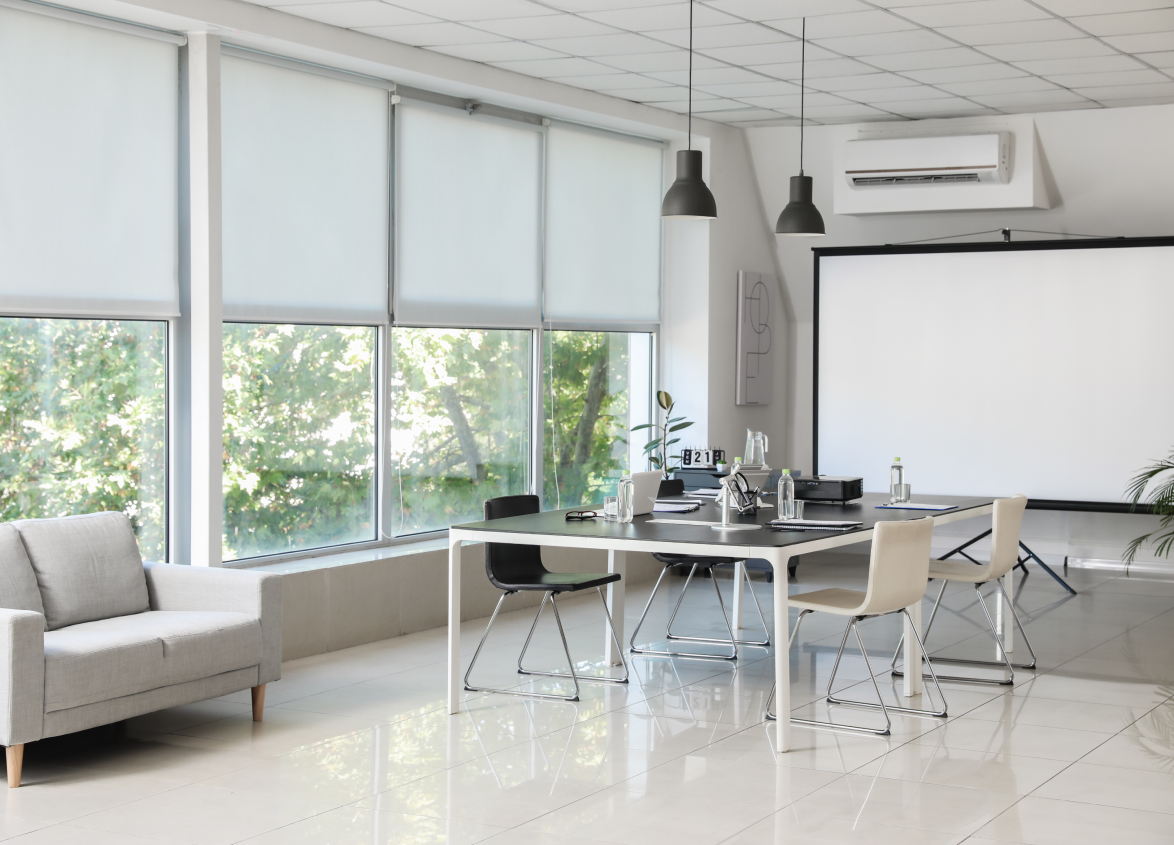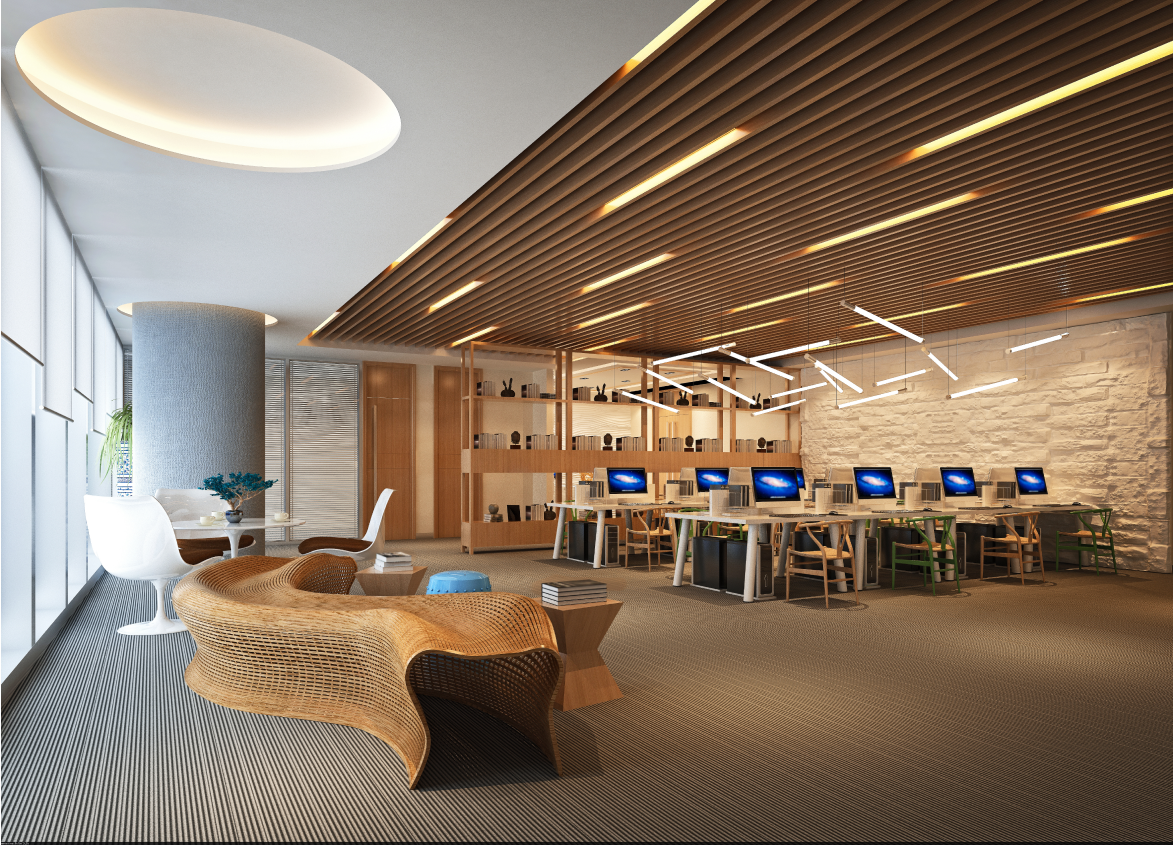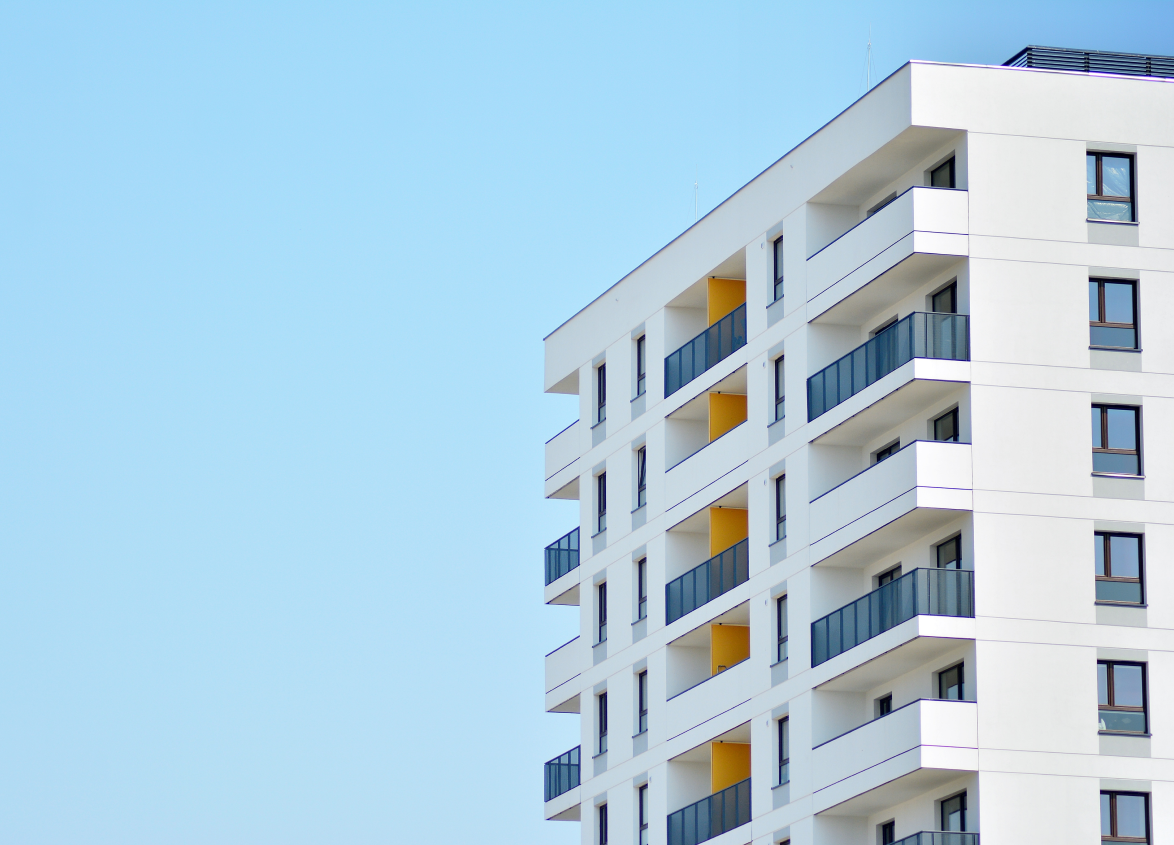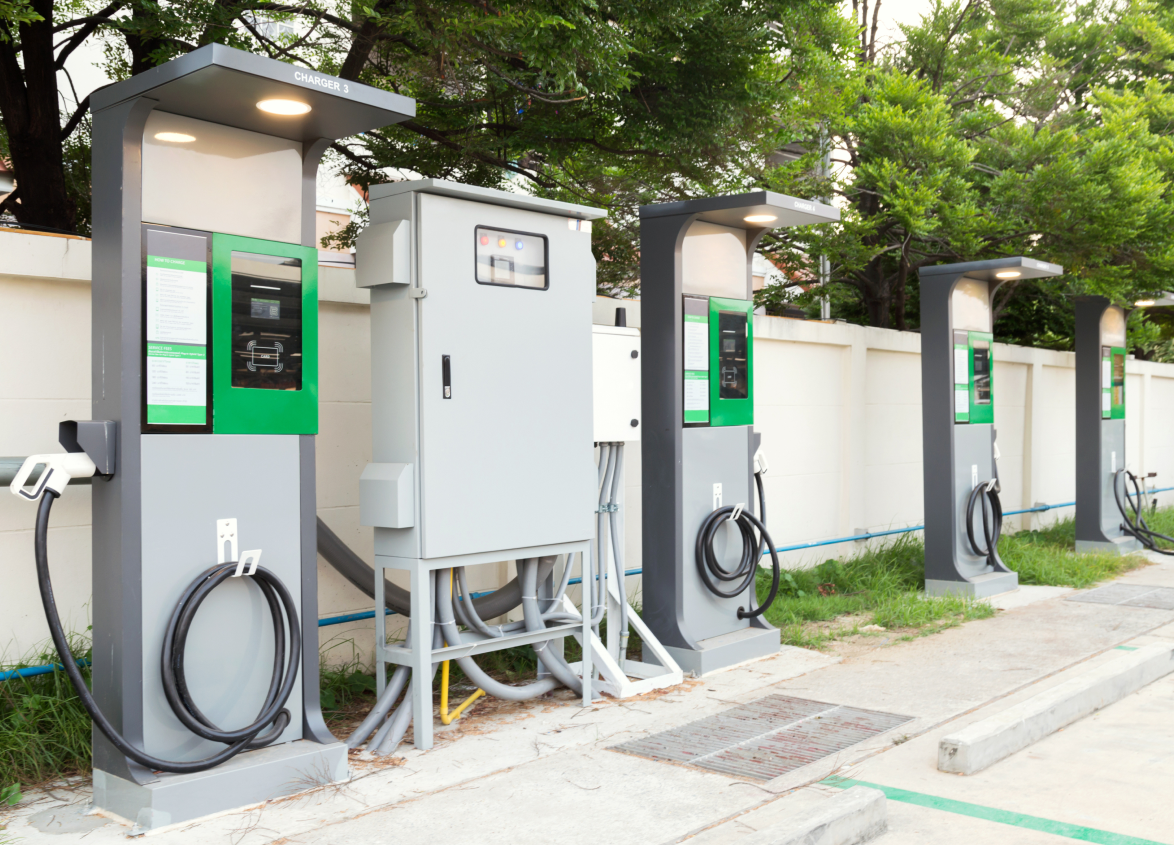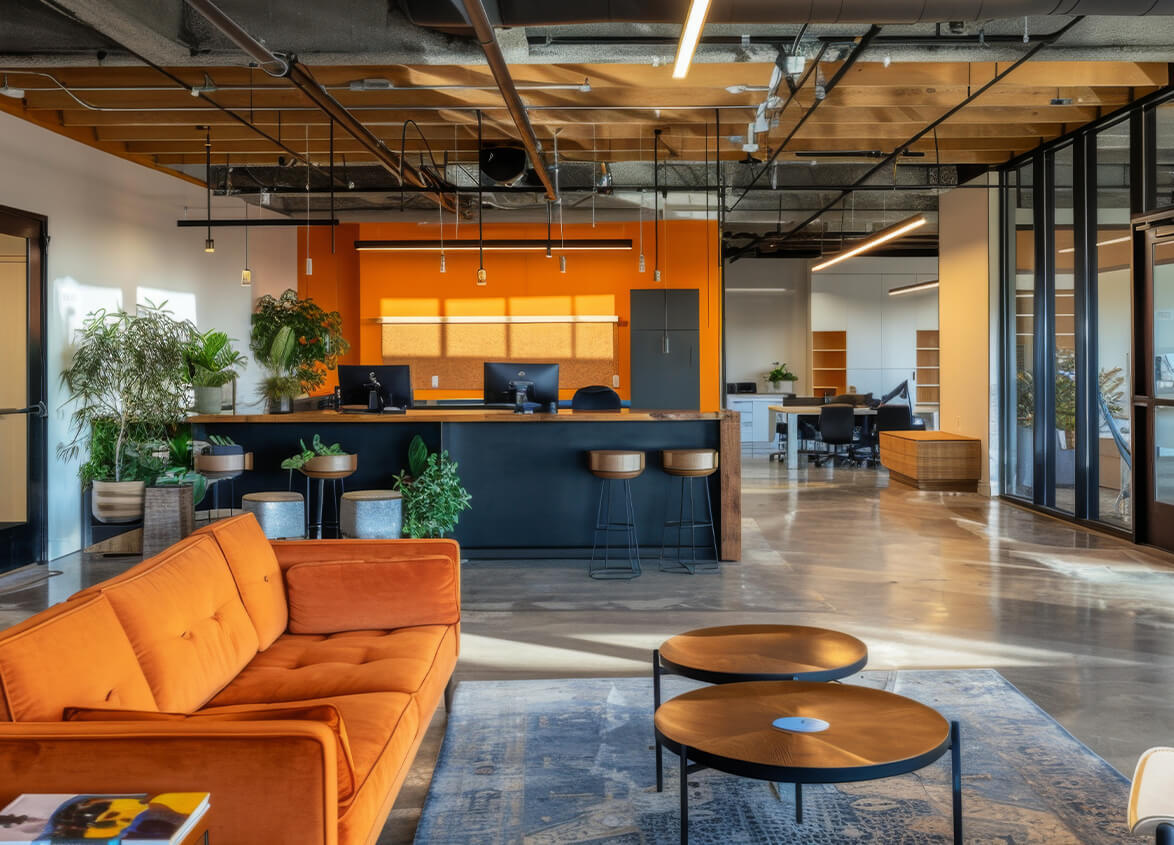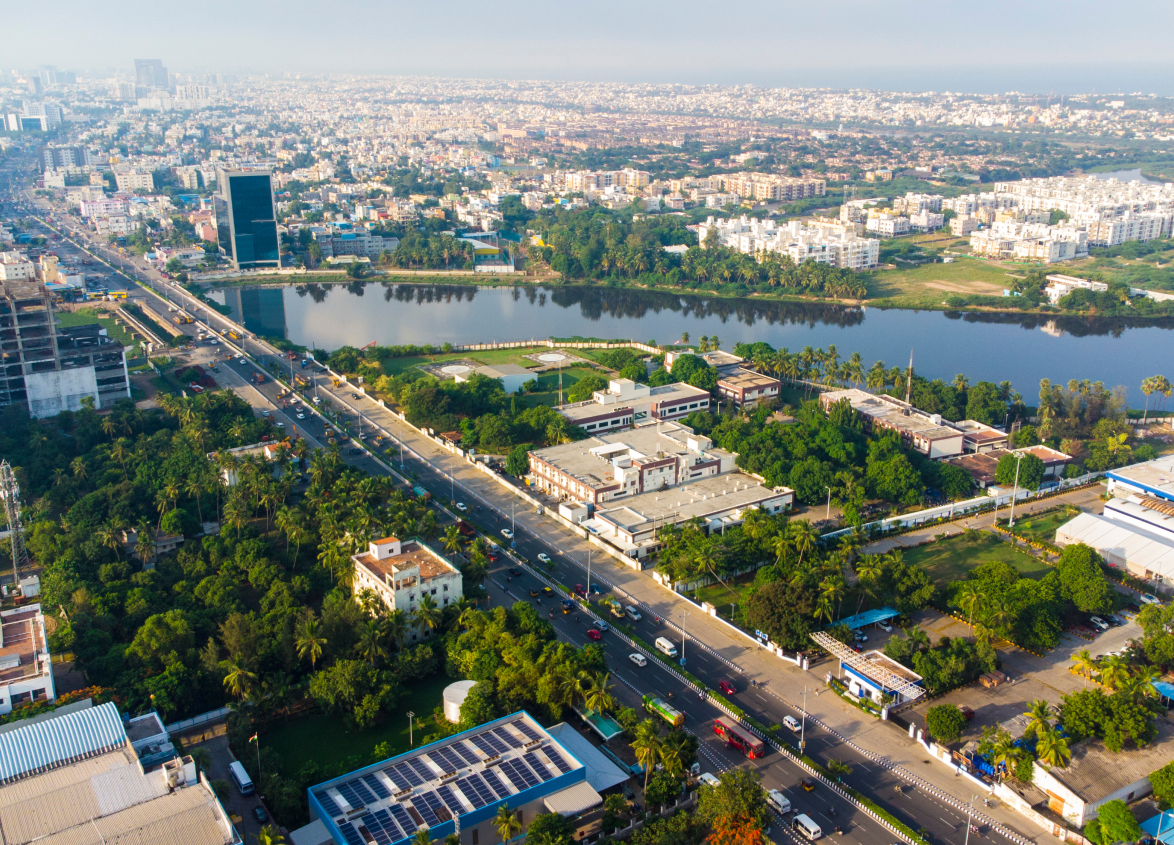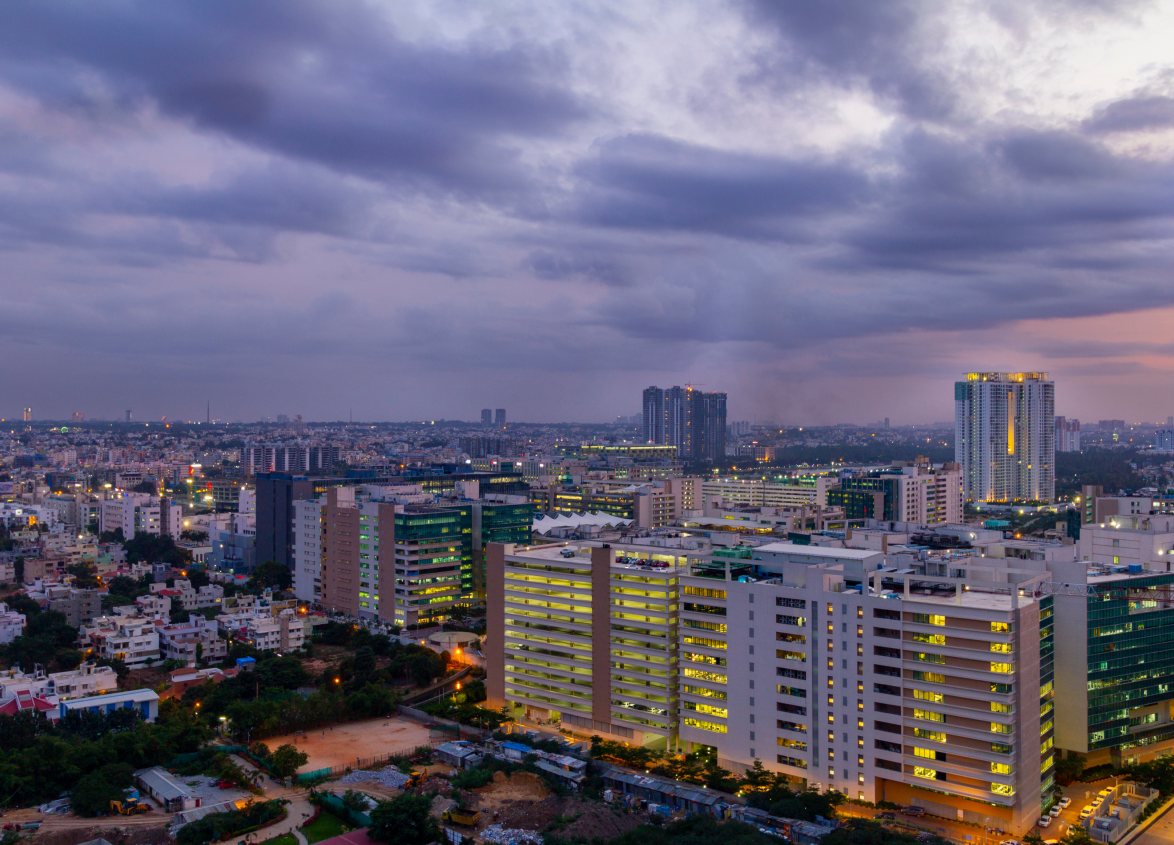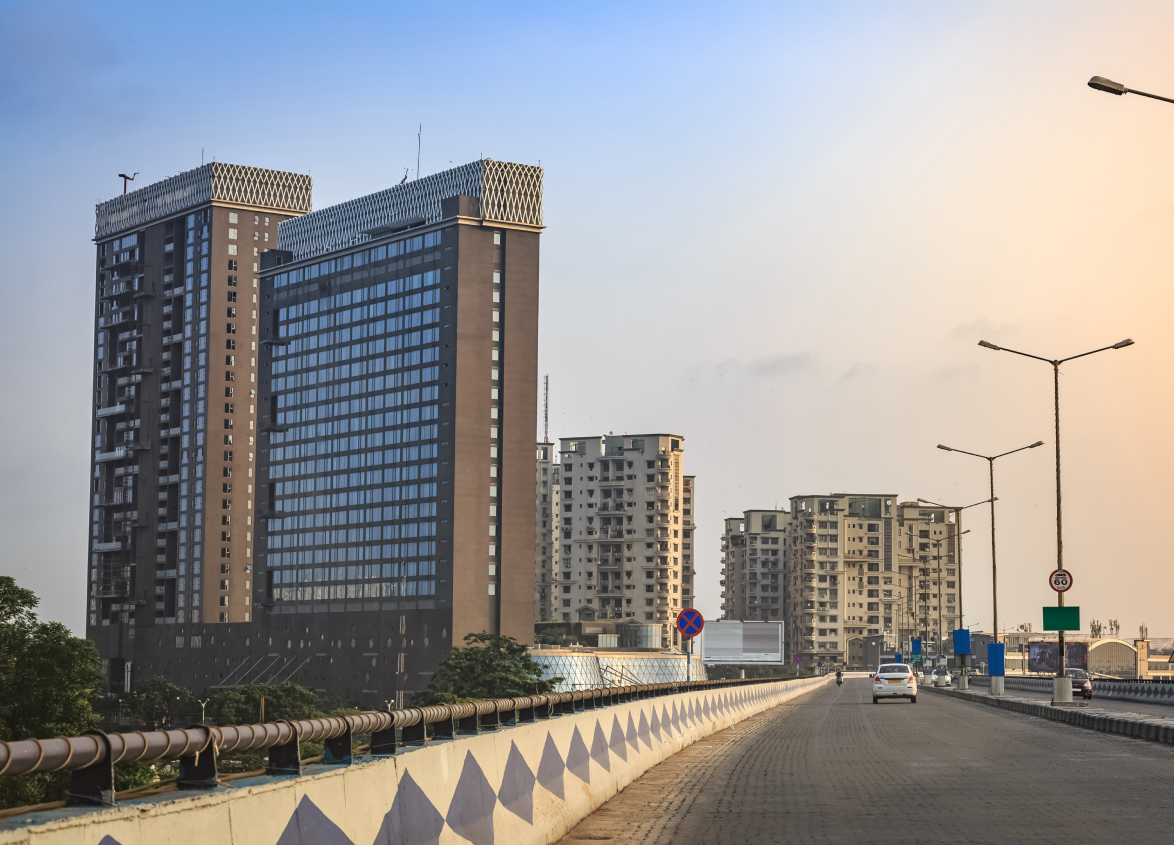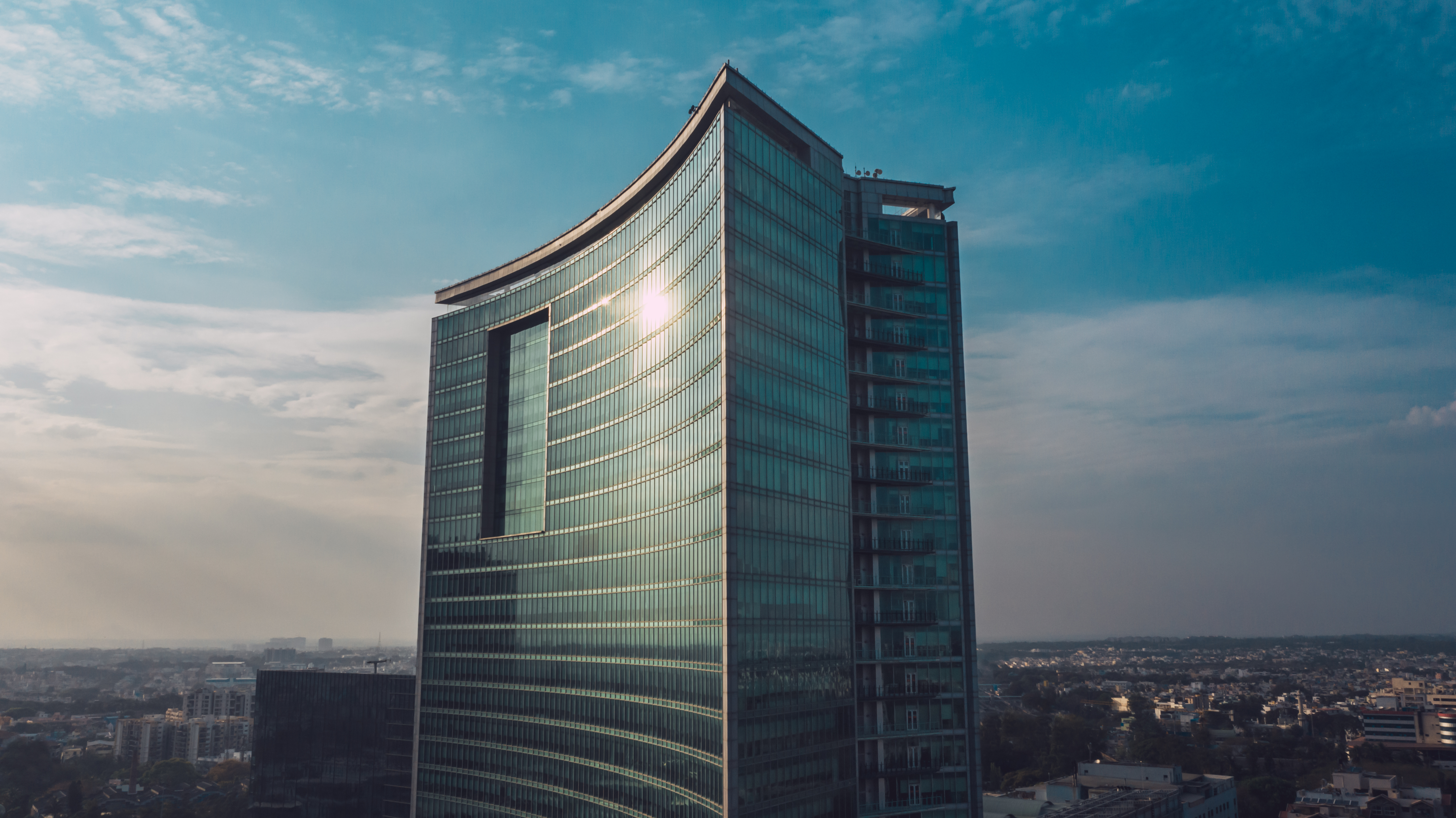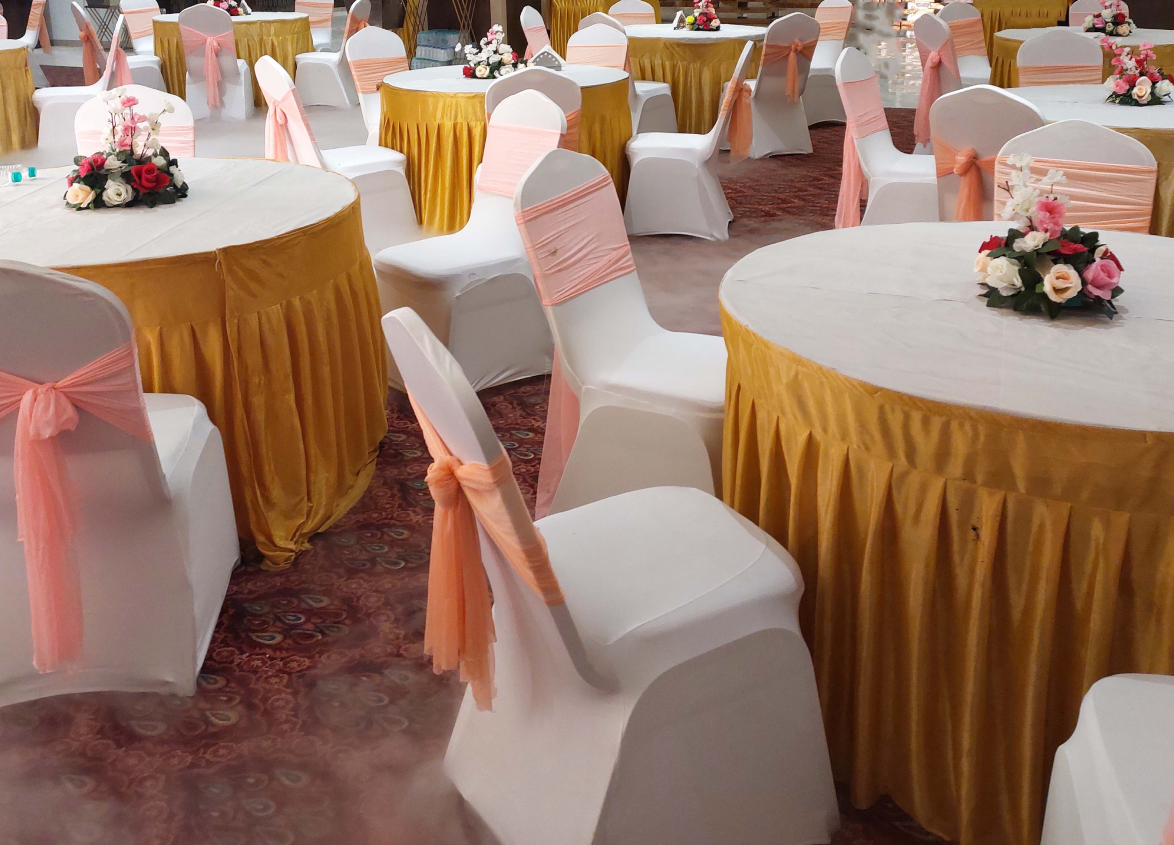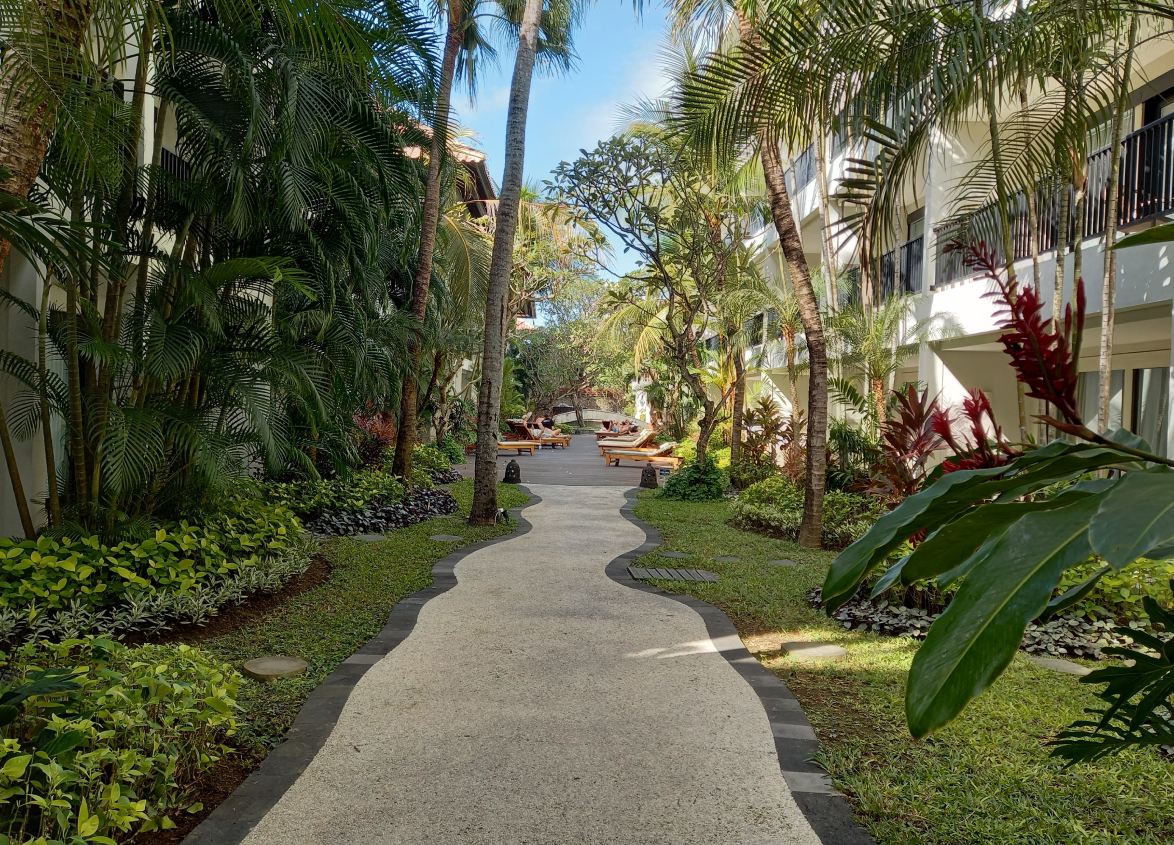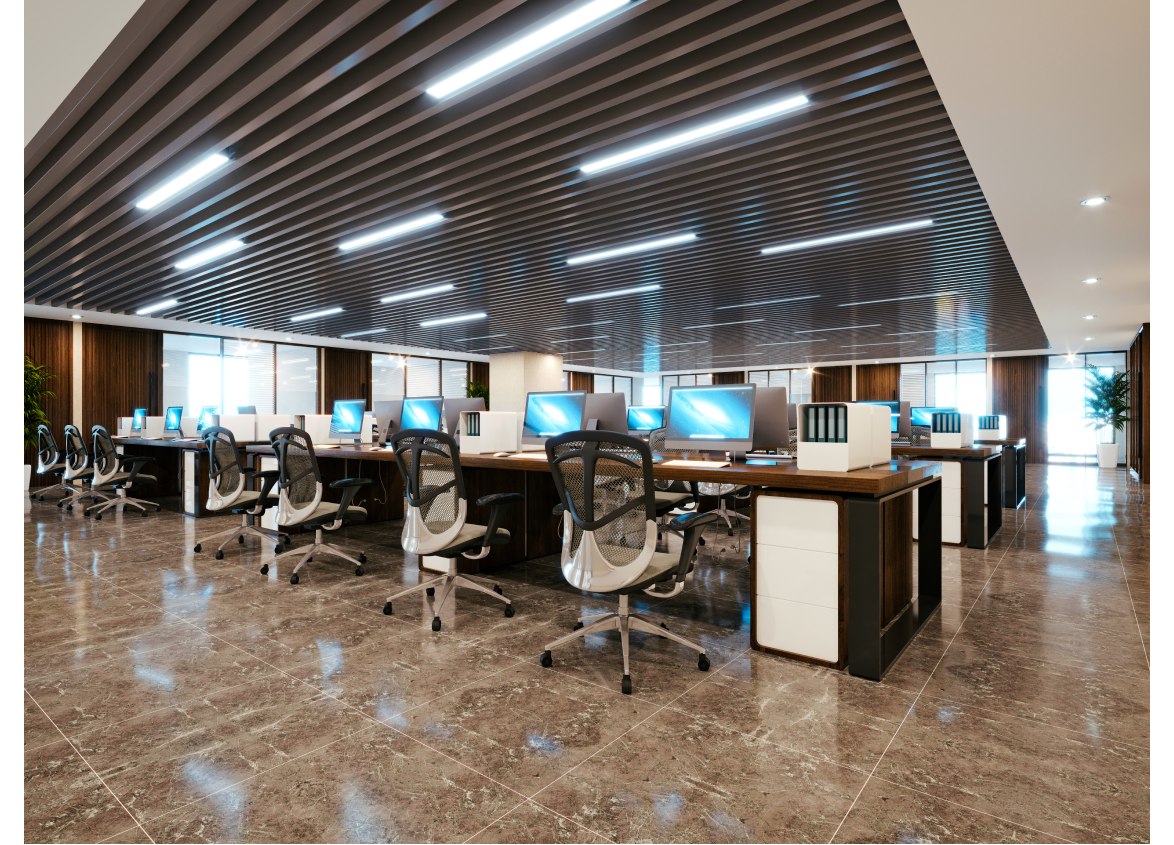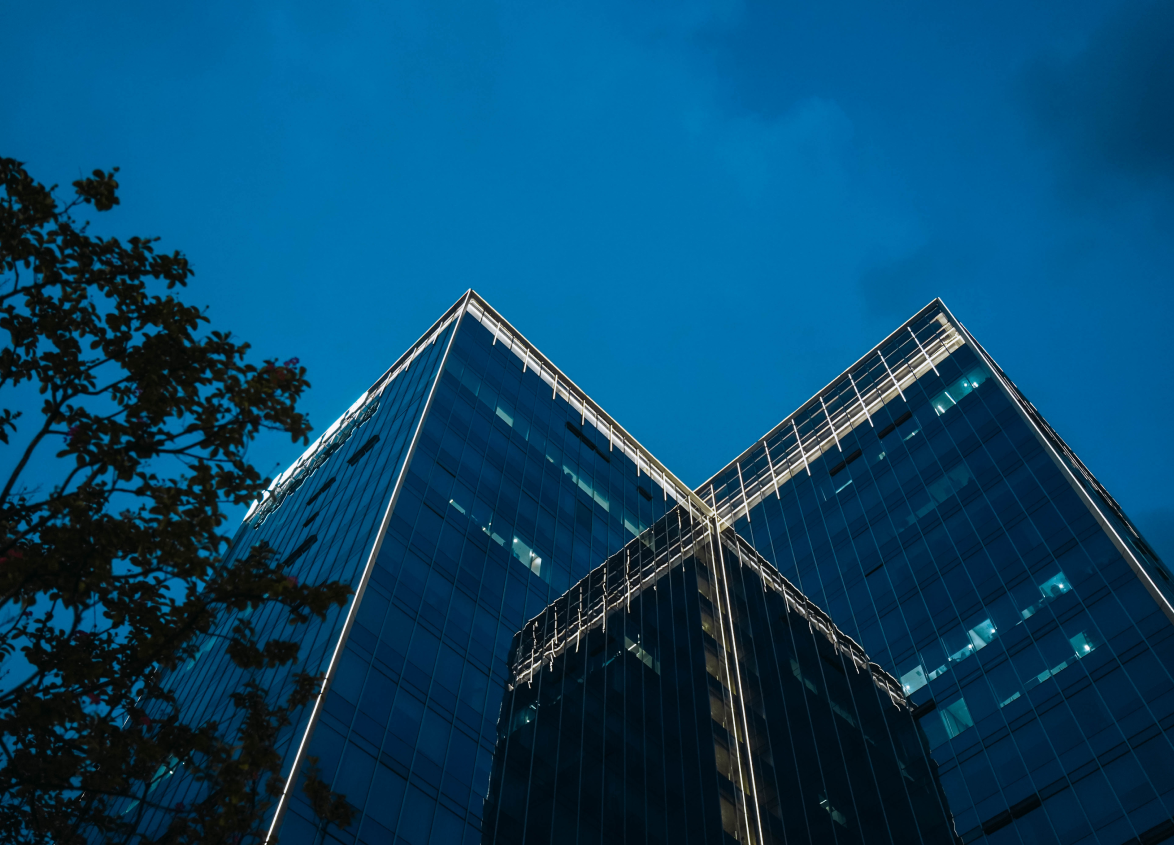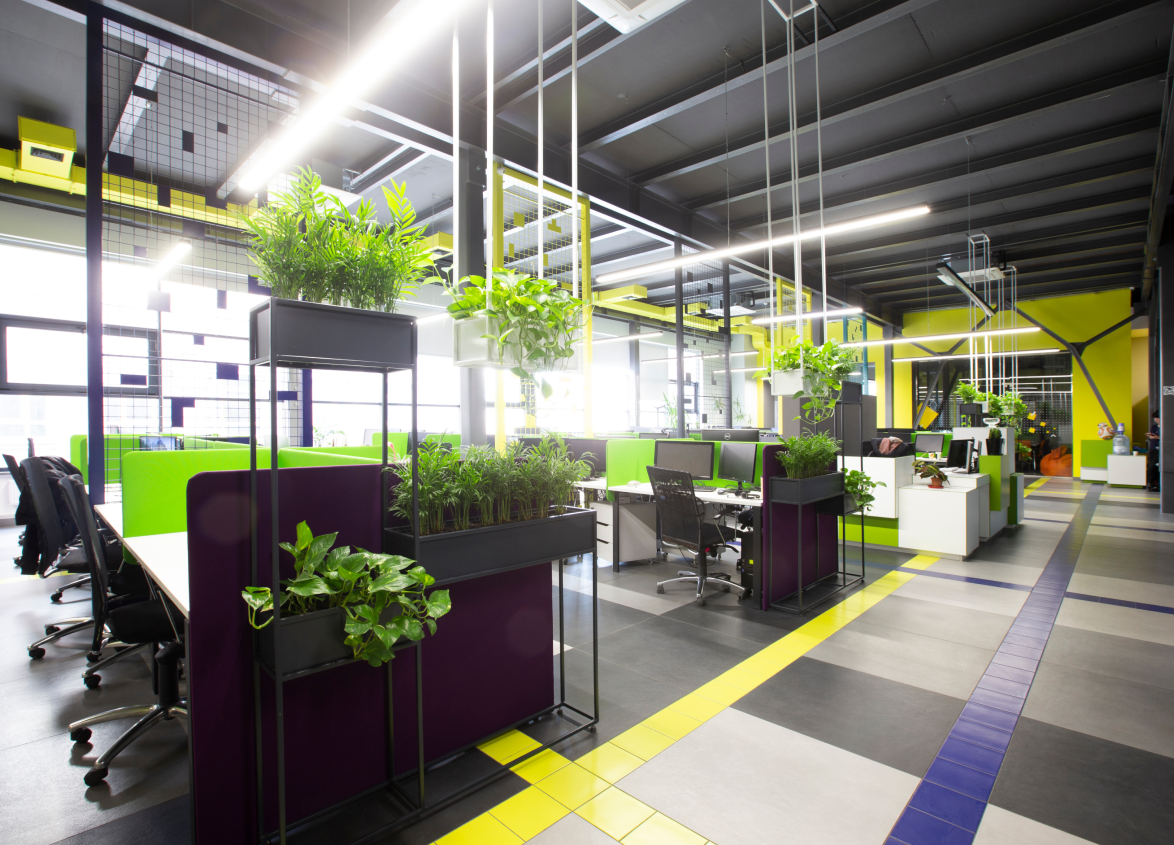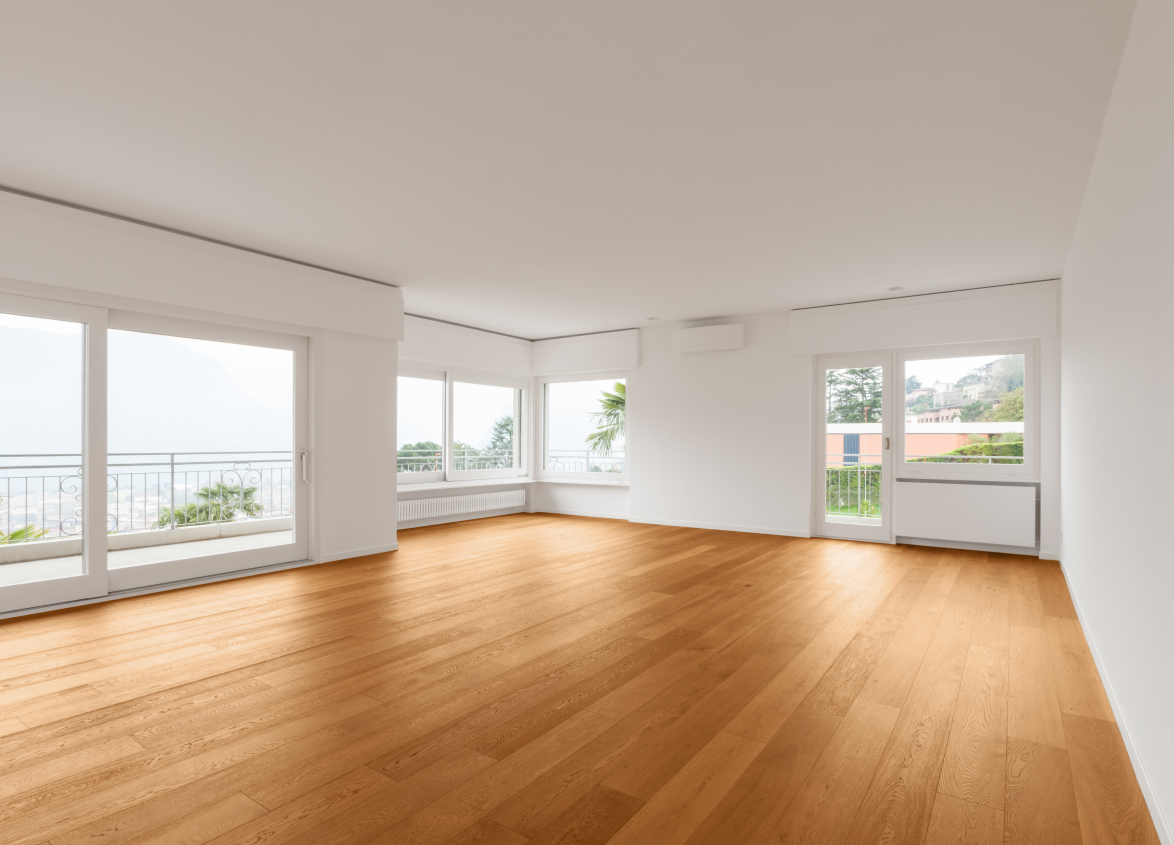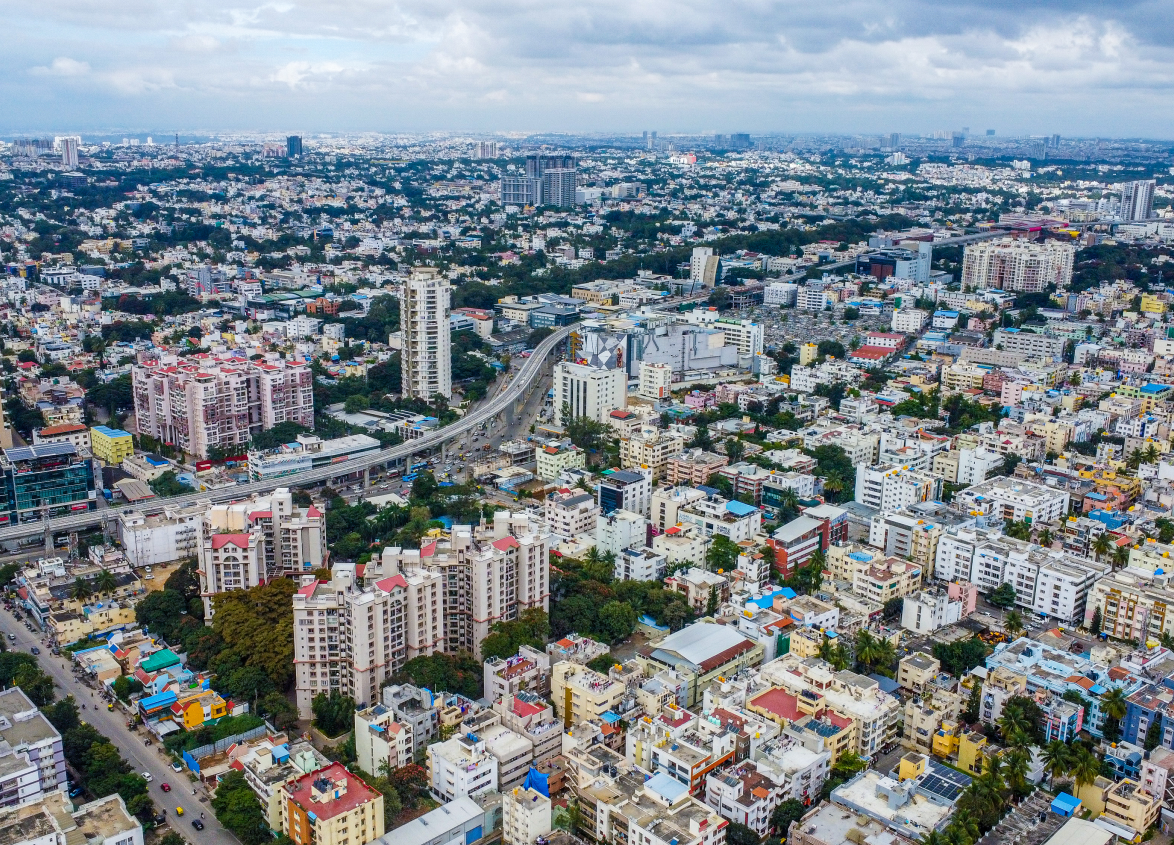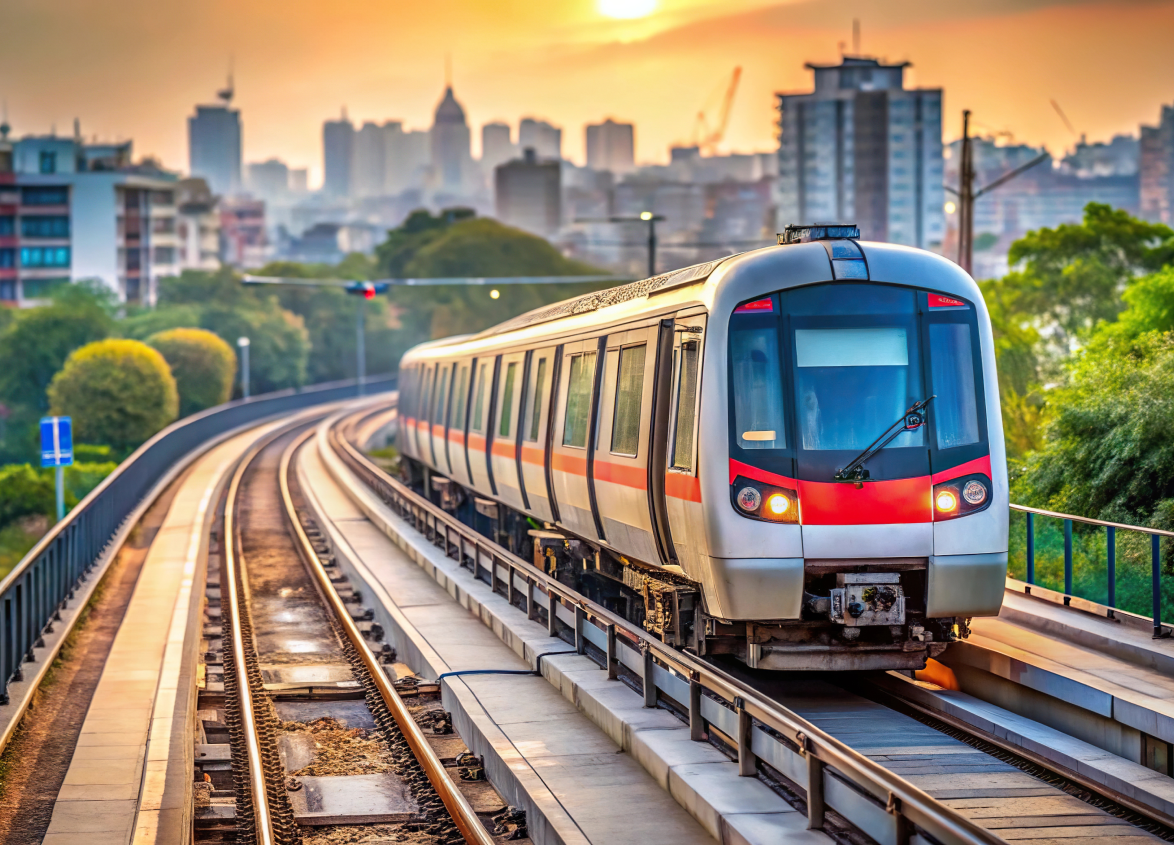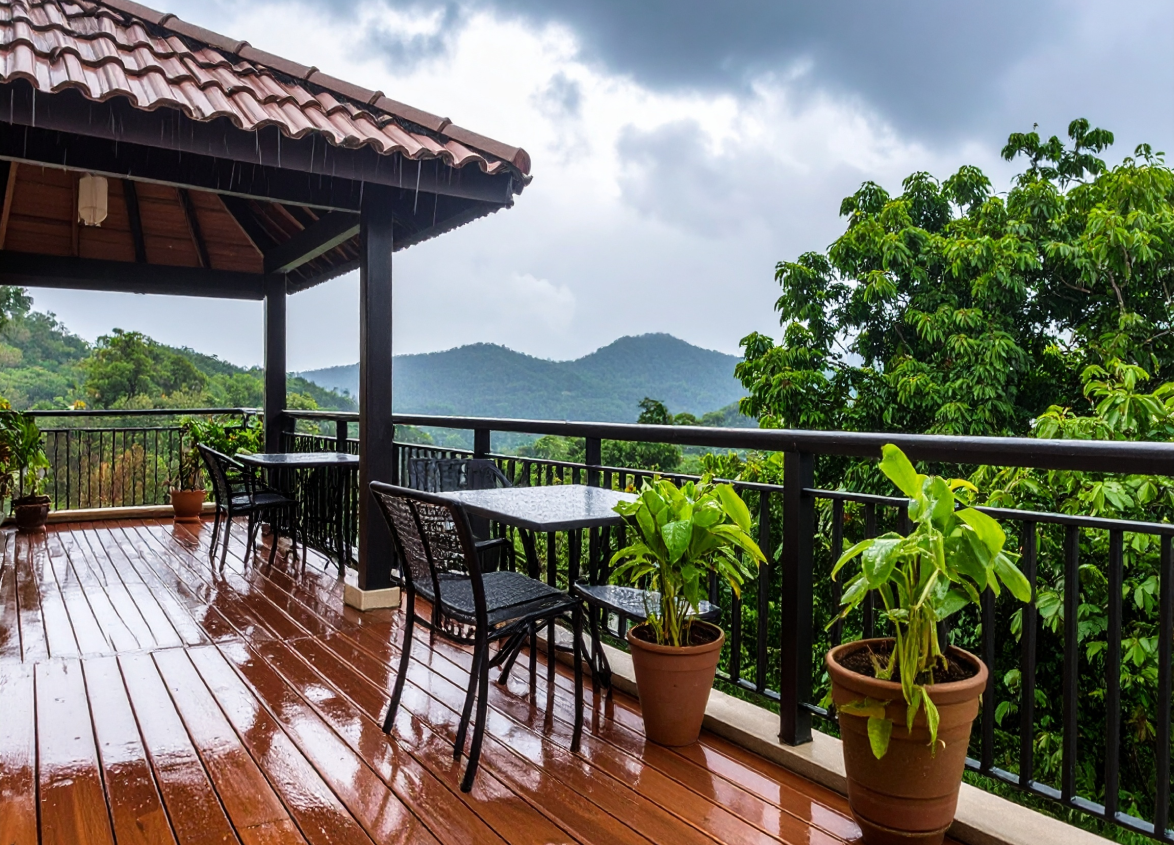
Commercial
How commercial workspaces are marking their growth
October 18, 2022
Introduction
Employees loved the idea of working from home during the global pandemic. While it involved focusing majorly on our passions and to-do-list, consequently, what looked like a strictly professional life took a backseat. To sum it up, it was all about spending time with our loved ones, bringing home the much-awaited pet, bingeing Netflix right from the start of the day, and switching formal suits with sweats. But as we all know, there was an unprecedented increase in the number of startups. Consequently, the era of WFH came to an end and startup founders/co-founders felt the need to work collectively and bring all the employees under one roof.
Working together is not as standardised as it once was. It requires the right kind of commercial space that’s promising enough to attract employees and business clients. This is the primary reason behind the spike in demand for commercial workspaces, both nationally and internationally.
- India is moving towards being the fastest-growing market for commercial workspaces around the world. The spike in rising demands for office space rentals along with coworking or managed workspaces made an appearance post the emerging start-ups and info-tech sector across the country. The first half of last year witnessed a supply of office space reaching up to 25.11 million sq. ft, which is a 75% YoY increase being majorly witnessed across cities like Mumbai, Bengaluru, Delhi, Pune, Hyderabad and Chennai. More than 700 million sq. ft. of working spaces are anticipated to be taken by 2022 with Delhi accounting for the most part of the share.
- Studies have proven that a hybrid model of work fits best to meet a perfect work-life balanced life across the world. A business portfolio comprises certain driving factors and hybrid offices are in full force to offer the most updated technologies and data-driven solutions for an efficient ecosystem within organisations. The idea is to enforce a dynamic, employee-friendly working space. According to an article published by the Economic Times, 2022 H1 observed a 13% share in flexible workspace seats by the newly launched startups while the new-age FinTech, EdTech, RetailTech etc, took up 20% market share that took up approximately 15,500 seats.
- While heavy restrictions were imposed till ‘21, the pandemic led to an overall downfall of millions of various enterprises. Within a few months, the country witnessed a total shutdown of supermarkets, grocery stores, restaurants, cafes, movie theatres and endless other businesses. However, there has been a rapid expansion of commercial real estate in India that has accelerated the need for setting up and continuing operations of businesses. This steady rise in demand from renters is highly promising and paving a way for a consistent profit for Indian commercial real estate. According to the CBRE Group, hybrid workspaces in India were placed at 36 million sq. ft. and are anticipated to rise up to 15% by 2023. The need to work together in an office environment will attract dynamic work models to ensure flexibility in office spaces and boost overall business growth.
- The period of 2022-2027 will prove to be extremely promising for the Indian commercial property market compounding to a CAGR of about 13%. The Make in India and several other real estate bodies such as the Real Estate Regulatory Authority (RERA) have contributed significantly to strengthening the Indian real estate market. It is to be noted that the demand for commercial properties has become a major contributor to the Indian economy via its continuous growth & expansion. With initiatives for urban India like Smart City and AMRUT, the commercial workspaces can benefit in drawing the right infrastructure for construction & maintenance.
Conclusion
All in all, the pandemic has forced office spaces – both big and small – to change the way they operate in order to ensure a safe and healthy working environment for their employees. This includes things like more flexible working hours, rostered shifts, and even satellite offices closer to people’s homes. The workplace has evolved from being simply functional to being more experiential and meaningful. Fortunately for the Indian market, flexible workspace had already become popular in the country’s office market and was widely accepted as a preferred mode of setting up an office.
References:
MUST READ
Looking for something specific?
We'd be delighted to help you.
